Negative Google reviews happen, even to well-run B2B service firms. What matters is how fast I spot them, how clearly I respond, and how well I prevent the next one. My goal is simple: protect trust, keep leads coming, and turn tense moments into proof that I own outcomes.
My playbook for handling negative reviews fast
I keep a simple flow I can run or delegate the same day:
- Acknowledge publicly with empathy and clarity.
- Investigate privately: pull the account, contract, and comms history.
- Resolve with a specific fix, deadline, and owner.
- Follow up publicly to close the loop.
- Learn: tag the cause, add to a post-mortem log, and update the SOP.
Triage comes first:
-
Clearly spam or policy violation
- Spam, off-topic, hate speech, conflicts of interest, doxxing, or illegal content: I flag it, document evidence, and file a support case.
-
Legitimate client complaint
- I reply publicly, move to a private channel, diagnose root cause, fix it, and follow up in public once it is resolved.
-
Unsure, ex-employee, or competitor
- I collect proof from CRM and contracts, reply politely without specifics, and flag if it matches policy violations.
Service-level commitments I stick to:
- First public reply within 24 to 48 hours.
- Private outreach the same business day after the public reply.
- Final public follow-up within 5 business days or once resolved.
I track outcomes with simple, visible KPIs:
- Response time: under 48 hours for the first reply and under 24 hours once I move offline.
- Sentiment shift: does follow-up language move from negative to neutral or positive.
- Save rate: did the client stay and continue to buy.
- Review trend: does the average star rating hold steady or improve after responses.
Writing professional responses that calm the thread
I use a two-part framework: a short public response that shows I care and I am on it, then a private path to solve the problem fast.
Five-sentence public response template
- Acknowledge: Hi [First name], thanks for sharing this.
- Apologize if warranted: I am sorry we missed your expectations here.
- Add context without excuses: I reviewed the project notes and see [neutral context].
- Offer a contact path: I just emailed you and you can reach me at [phone/email] to sort this out.
- Commit to fix: I will resolve this and confirm the outcome here.
Do’s
- Keep it short, specific, and calm.
- Personalize with a name and project type, not private details.
- Move to a private channel to discuss facts.
- Log the issue type in the CRM and tag the cause.
Don’ts
- No defensiveness or blame.
- No personal or contract details in public.
- No incentives tied to review edits.
- No copy-paste replies that sound robotic.
Why this matters: I am writing for two audiences - the person who left the review and every buyer who will read it later. A clear, steady reply signals reliability under pressure. Research shows 88% of consumers are likely to look past a bad review if the business responds well.
When I flag and report policy‑violating reviews
Some negative reviews break policy and should be removed. I act with evidence, keep records, and stay factual. For deeper context on detection, see Can Google Detect Fake Reviews.
What violates Google’s content policy
- Spam or fake engagement: bot-like text, links to promotions, or copy-pasted nonsense.
- Off-topic: not about my business or service.
- Conflicts of interest: reviews by current employees, ex-employees about their workplace, or competitors.
- Harassment or hate: threats, slurs, or insults at named individuals.
- Illegal content or personal info: doxxing, confidential data, or instructions for illegal activity.
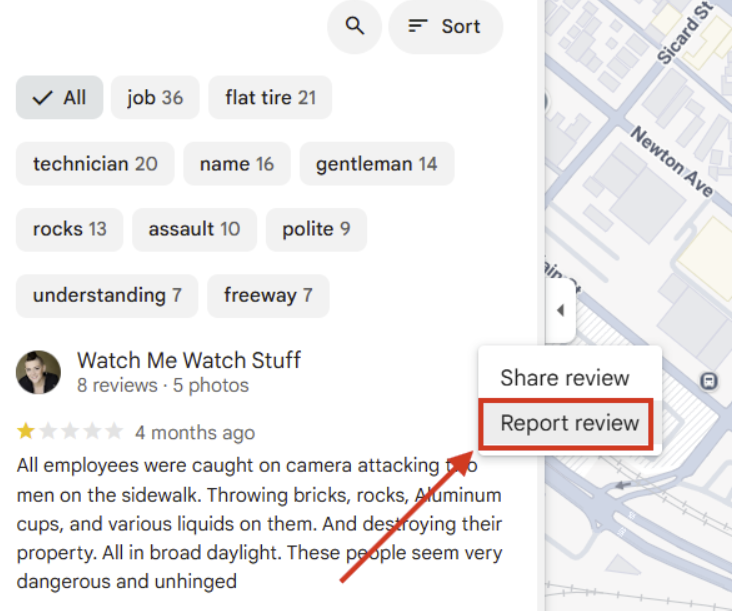
Quick decision checks I run
- Does it mention using my service or a real interaction.
- Does the reviewer match any contact in my CRM.
- Does the content include insults, hate, or threats.
- Does it contain personal data or suspicious links.
- Is the reviewer a current or former employee or a competitor.
Evidence I gather before filing
- Screenshots of the review and profile.
- Contract or SOW excerpts that show scope or timeline.
- CRM logs with timestamps, emails, and call notes.
- Project tickets or chat transcripts that reflect actual events.
- A brief memo tying the policy to the content.
How I file and escalate inside Google Business Profile
- Log in to Google Business Profile with an owner or manager account.
- Go to Reviews, find the review, open the three-dot menu.
- Select Report review and choose the policy violation.
- Submit, then save screenshots of the review and my submission.
- If needed, open a support ticket with a concise case file: business name and location URL, review link, policy category, screenshots and timestamps, and a brief narrative.
- Ask for a case ID and follow up every 3 to 5 business days if there is no movement.
- If rejected, I clarify the policy section with one or two lines of evidence and resubmit.
Short appeal template I use
- Subject: Request to remove review for policy violation
- Body: Hello Google Business Profile team, I am requesting removal of a review on [Business name, location]. Review link: [URL]. Reason: [policy category, e.g., conflicts of interest or harassment]. Evidence summary: [one to two lines]. Supporting details: [attachments]. Thank you.
Legal steps
I only consider legal action if the review is clear defamation and counsel advises it. I never threaten legal action in public. Public replies stay factual and calm.
Practical examples for common B2B complaints
Service delays
- Public: Hi [First name], I am sorry your project timeline slipped. That is not our usual cadence. I reviewed your account and see the delay came from [brief, neutral context]. I just emailed you a revised schedule and a single point of contact to keep things tight. I will post an update here once closed out.
- Private: Thanks for speaking today. Here is the updated plan, dates, and owner. I will send a summary after each sprint. If anything drifts, I will let you know the same day.
Scope or pricing disputes
- Public: Hi [First name], thanks for the feedback. I can see how scope and pricing felt unclear. I have reached out to review the agreement and align on what is included. We will get your projects moving without surprises.
- Private: I attached the signed SOW and highlighted what we have delivered to date. If we missed, we will fix it. If scope changed, I will propose options so you can choose what fits your team.
Miscommunication or expectations
- Public: Hi [First name], I hear you. We missed the mark on communication. I have put one point of contact in place and set weekly updates. I sent you a note to confirm your preferred channel and timing.
- Private: Thanks for the candid input. We will use your channel of choice, send midweek updates, and confirm next steps in writing after every call. If that ever slips, tell me and I will reset the process the same day.
Style rules I do not break: no long explanations, no blame, no personal data, and no incentives in exchange for edits. For more tactics, see How to Turn Bad Google Reviews Into Local SEO Wins.
Generate more positive, compliant reviews
The best way to reduce the impact of negatives is a steady stream of fresh, authentic reviews. I keep it simple and compliant. Here are some tips to get positive reviews straight from Google.
Make it easy (without gating)
- After each project closes, I send a short, personalized email or SMS with a direct review link. Tools like Paige can automate the ask without losing the personal touch.
- I add a QR code to invoices and presentation footers that points straight to the Google review form.
- In product or in-portal prompts can help for client hubs - one tap to the review page.
- No review gating: I do not filter unhappy clients to a private form while happy ones go to Google.
- No incentives: even small rewards can trigger takedowns.
Three-touch follow-up
- Day 0: Thank-you message with the review link.
- Day 3: Gentle reminder with a one-line prompt (e.g., if this saved your team time, a quick note on Google helps others find us).
- Day 10: Final nudge with appreciation either way.
Simple outreach script
- Subject: Quick favor
- Body: Thanks again for partnering with us on [project name]. If the results met your goals, would you share a quick note on Google It takes under a minute and helps other teams choose with confidence. Link: [direct review URL]. I read every review and use your feedback to improve.
To streamline collection and monitoring at scale, consider a dedicated Reviews Software stack.
For broader context on programs and process, read What Is Review Management, And How Can Businesses Do It Effectively?
Prevent negative reviews with delivery guardrails
Prevention beats cleanup. I build a safety net that catches issues early and routes them to a human before they hit Google.
Escalation safety net
- Mid-engagement check-ins: one short survey with two questions - how is the project going and what should I fix.
- End-of-sprint NPS: detractors get a live call within 24 hours.
- Pre-close “anything unresolved” check: detractors route to a senior owner who can make decisions fast.
Operational guardrails
- Clear handoffs: every account has an executive sponsor, an engagement lead, and a backup - documented in kickoff and the CRM.
- SLAs I can keep: defined response times for emails, ticket updates, and deliverables, with alerts if I miss them.
- Post-mortem loop: for every bad outcome, I tag root cause and log the fix. SOPs and training get updated so it does not repeat.
Practical QA checklist I run
- Scope accuracy: does the SOW match the actual request and notes.
- Timeline realism: is there room for holidays, approvals, and third-party delays.
- Communication rhythm: weekly status, risks called out early, next steps clear.
- Single point of truth: one tracker that holds decisions, dates, and owners.
- Expectation sync: remind clients what is in scope and what is not at each milestone.
KPIs that reduce negative reviews
- NPS and CSAT trend by account.
- Percentage of 1 to 2 star incidents per quarter.
- Resolution time from first report to close.
- Number of repeated issues with the same root cause.
How reviews affect visibility and revenue
Reviews influence how often I appear in local results and how many searchers click to call or visit my site. Buyers expect a mix of reviews; what they judge is how I handle the tough ones.
What matters most
- Average rating: small swings can change click rates. Many buyers filter out under 4 stars.
- Recency: fresh reviews signal current service quality.
- Volume and diversity: more reviews across services and locations add depth. Mentions of specific services can help related searches.
- Response rate: profiles that reply to most reviews often see higher engagement, and traffic tends to follow attention.
A quick, directional calculator
- Inputs to estimate
- Current monthly leads from Google: 60
- Close rate from those leads: 20%
- Average deal value: 8,000
- Star rating lift: 0.3
- Expected click-to-lead lift from a 0.3-star rise: 5 to 10% (ranges vary by industry)
- Rough math
- New leads: 60 × 1.05 to 1.10 = 63 to 66
- New deals: 12 to 13.2
- Monthly revenue shift: 12 × 8,000 = 96,000 to 13.2 × 8,000 = 105,600
Even small rating gains can move pipeline without extra ad spend. Actuals vary by category, competition, and baseline visibility. To see your profile’s strengths and gaps, try a free GBP Auditor or visualize rankings with a Heatmap Auditor. You can also take action now and AUDIT YOUR GBP.
Closing thoughts
I cannot stop all negative reviews, but I can own the narrative. I respond clearly, fix what broke, grow a steady stream of positive stories, and build systems that catch issues before they go public. I keep my SLA tight. I keep my team accountable. And I keep learning from every review.

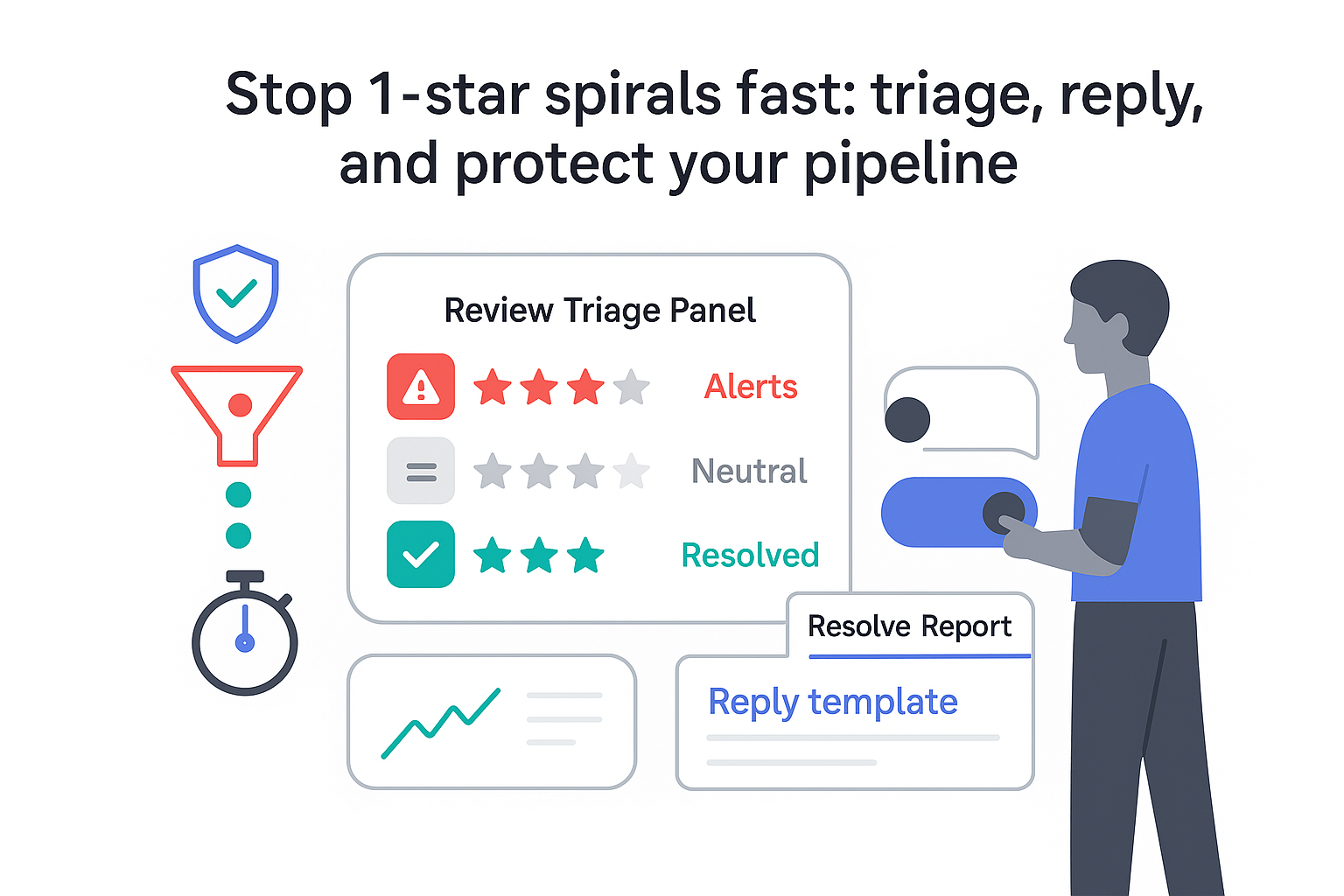

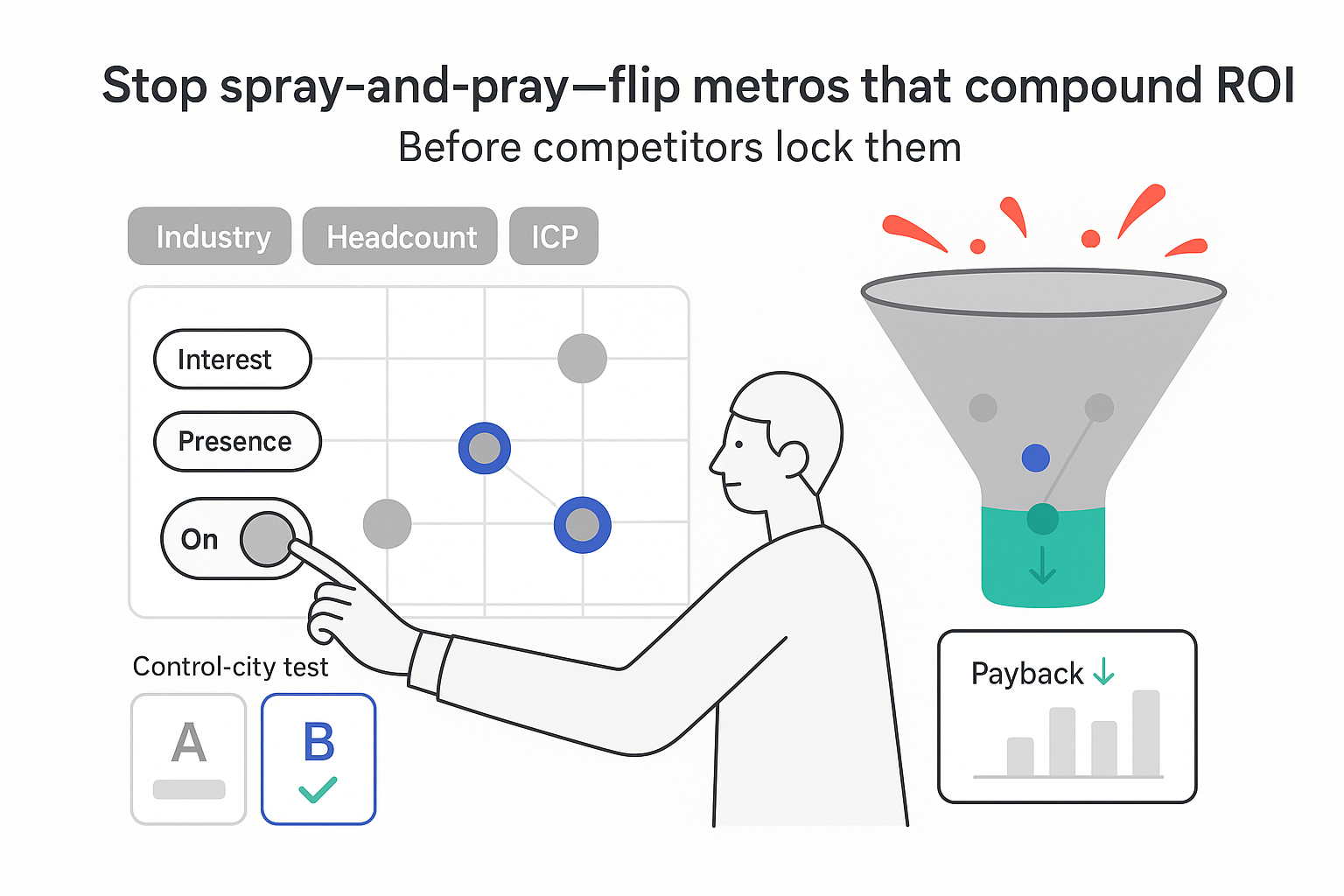
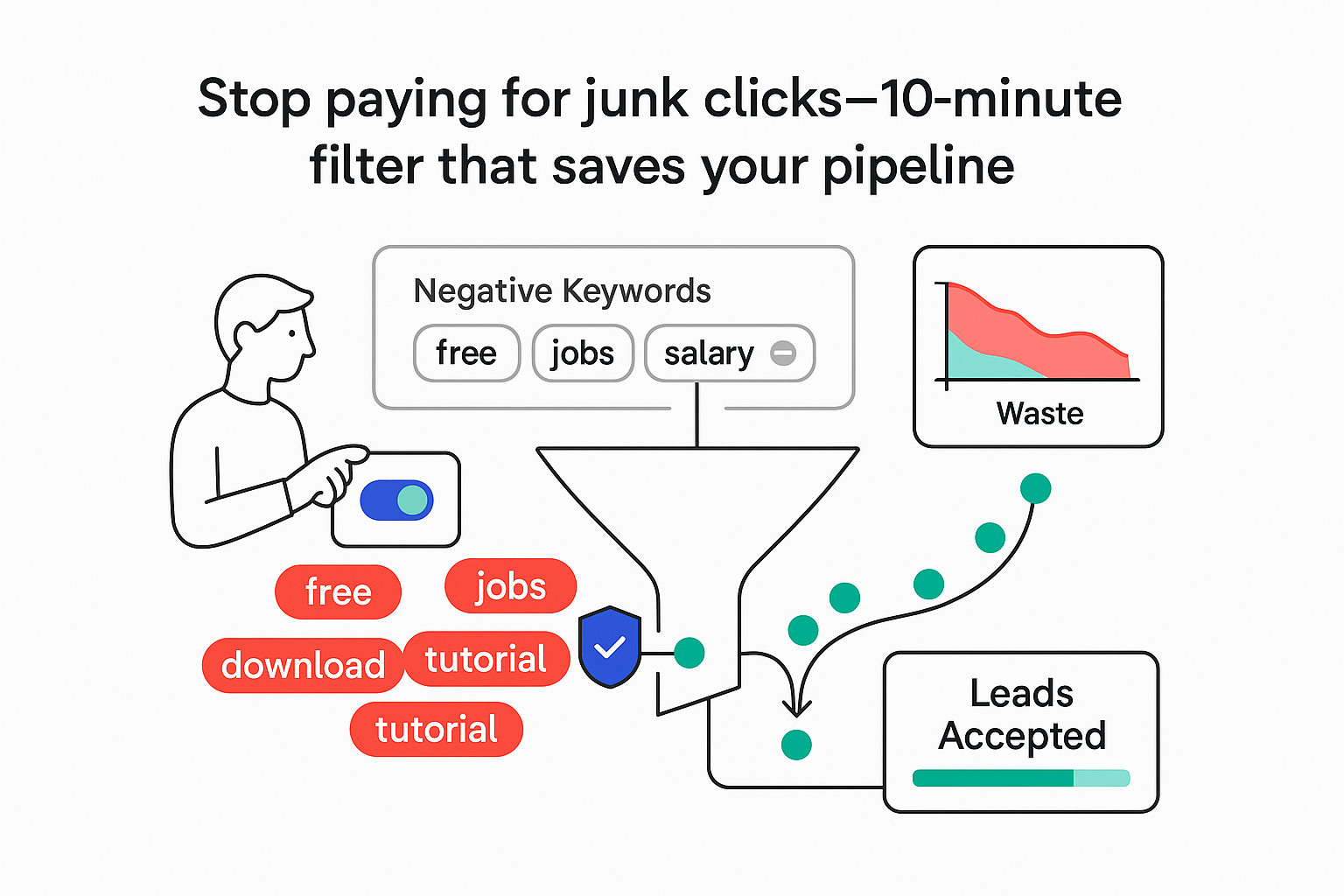
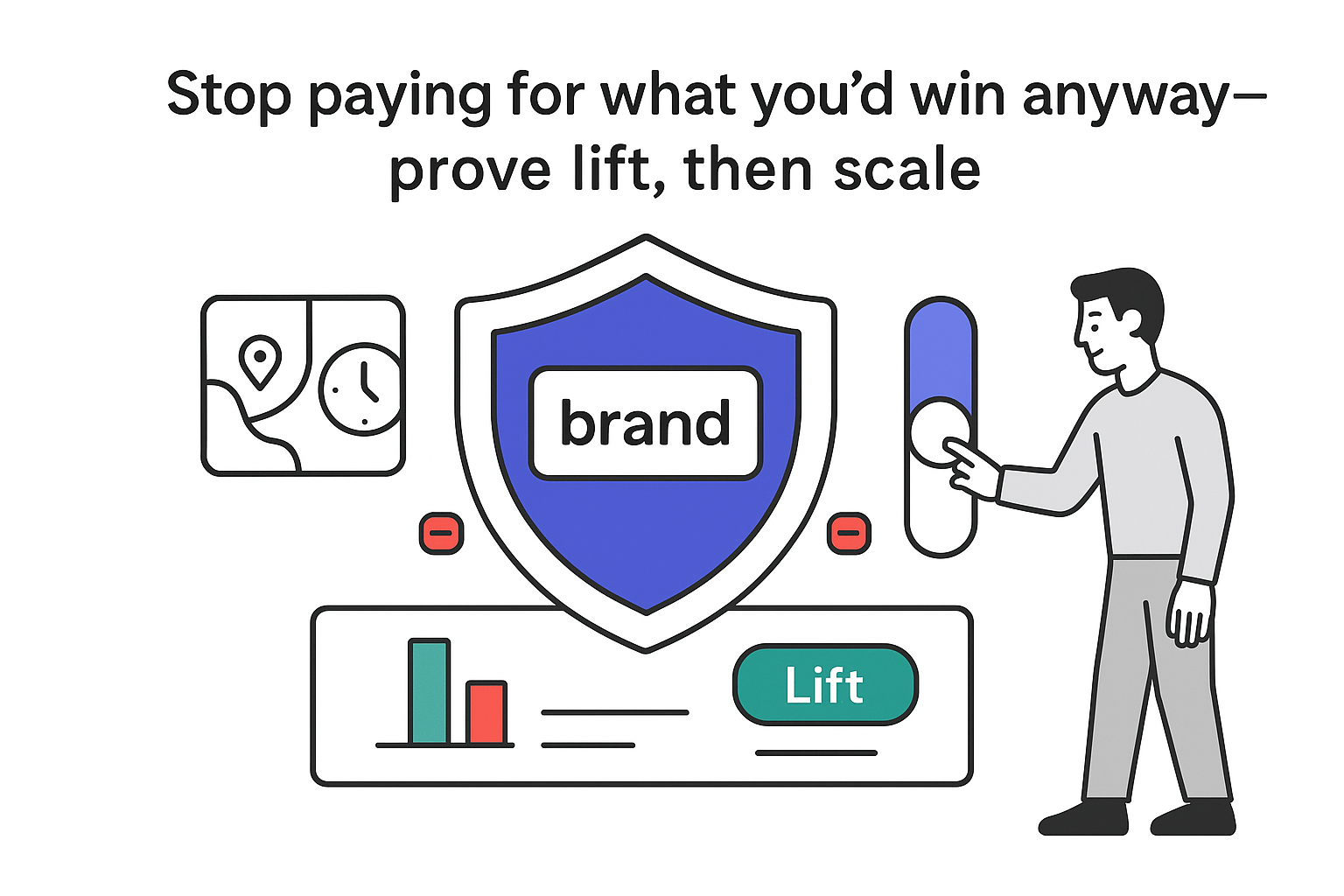
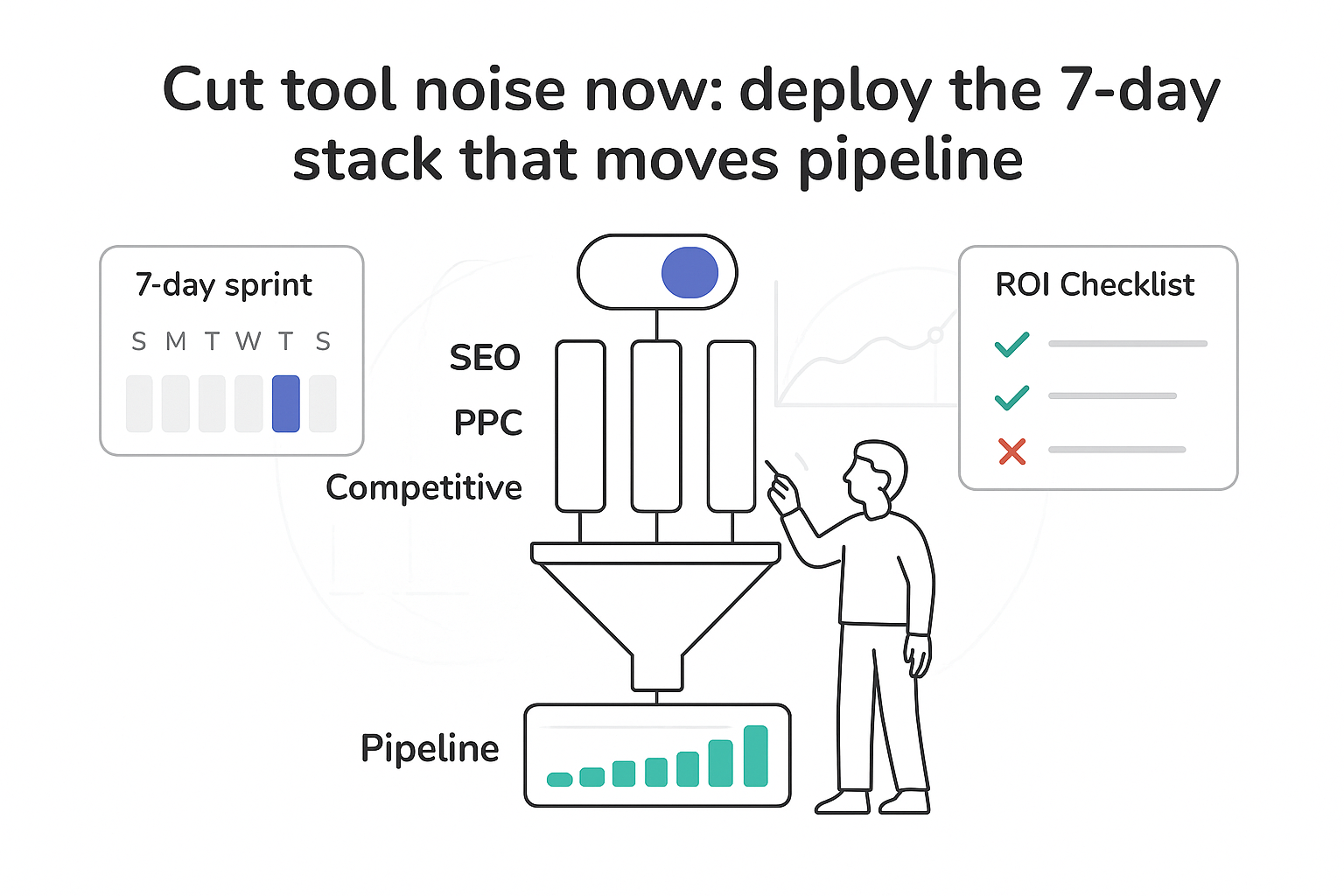
.svg)